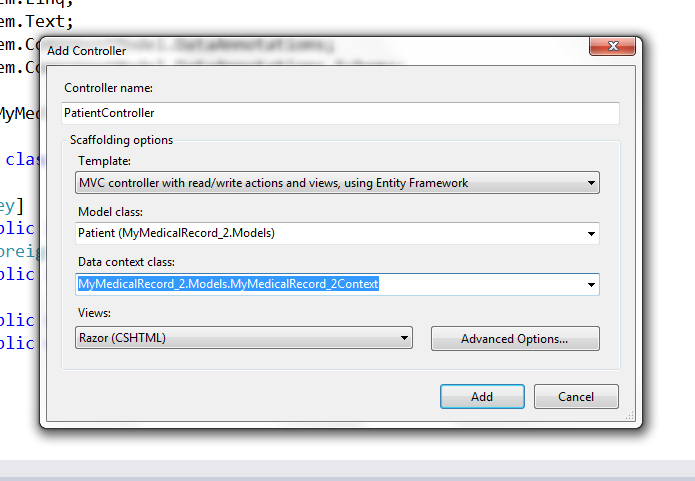Check out the classes in this file.
It should help you understand how to create the relationships.
tobyITguy 24 Junior Poster
Violet_82 89 Posting Whiz in Training
Violet_82 89 Posting Whiz in Training
tobyITguy 24 Junior Poster
Violet_82 89 Posting Whiz in Training
Violet_82 89 Posting Whiz in Training
tobyITguy 24 Junior Poster
pritaeas 2,211 ¯\_(ツ)_/¯ Moderator Featured Poster
Violet_82 89 Posting Whiz in Training
Violet_82 89 Posting Whiz in Training
tobyITguy 24 Junior Poster
Violet_82 89 Posting Whiz in Training
Violet_82 89 Posting Whiz in Training
pritaeas 2,211 ¯\_(ツ)_/¯ Moderator Featured Poster
Violet_82 89 Posting Whiz in Training
Be a part of the DaniWeb community
We're a friendly, industry-focused community of developers, IT pros, digital marketers, and technology enthusiasts meeting, networking, learning, and sharing knowledge.


